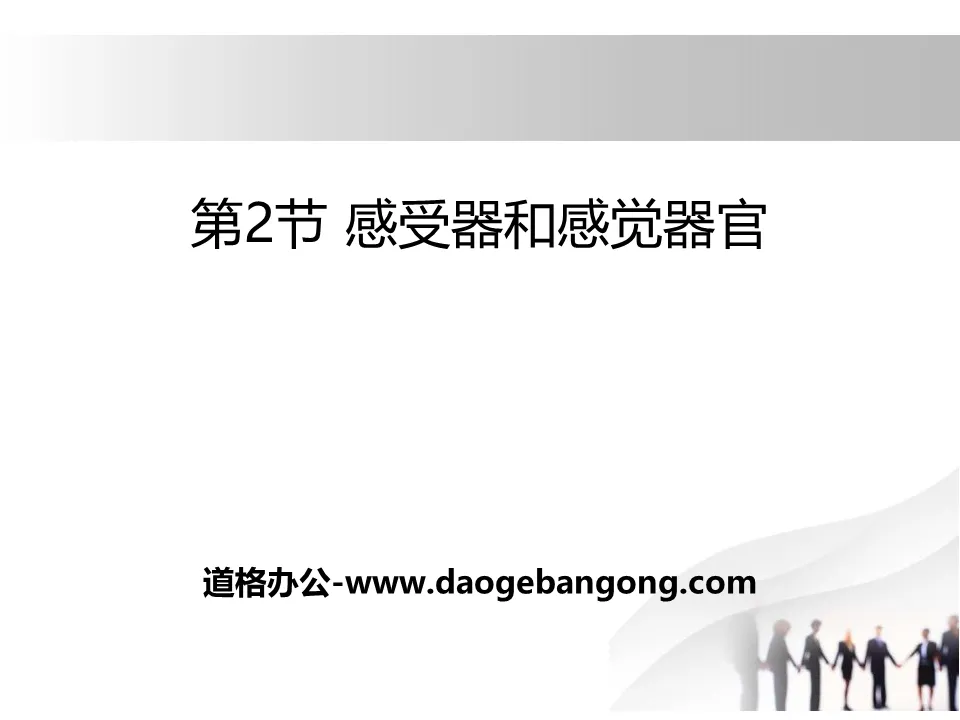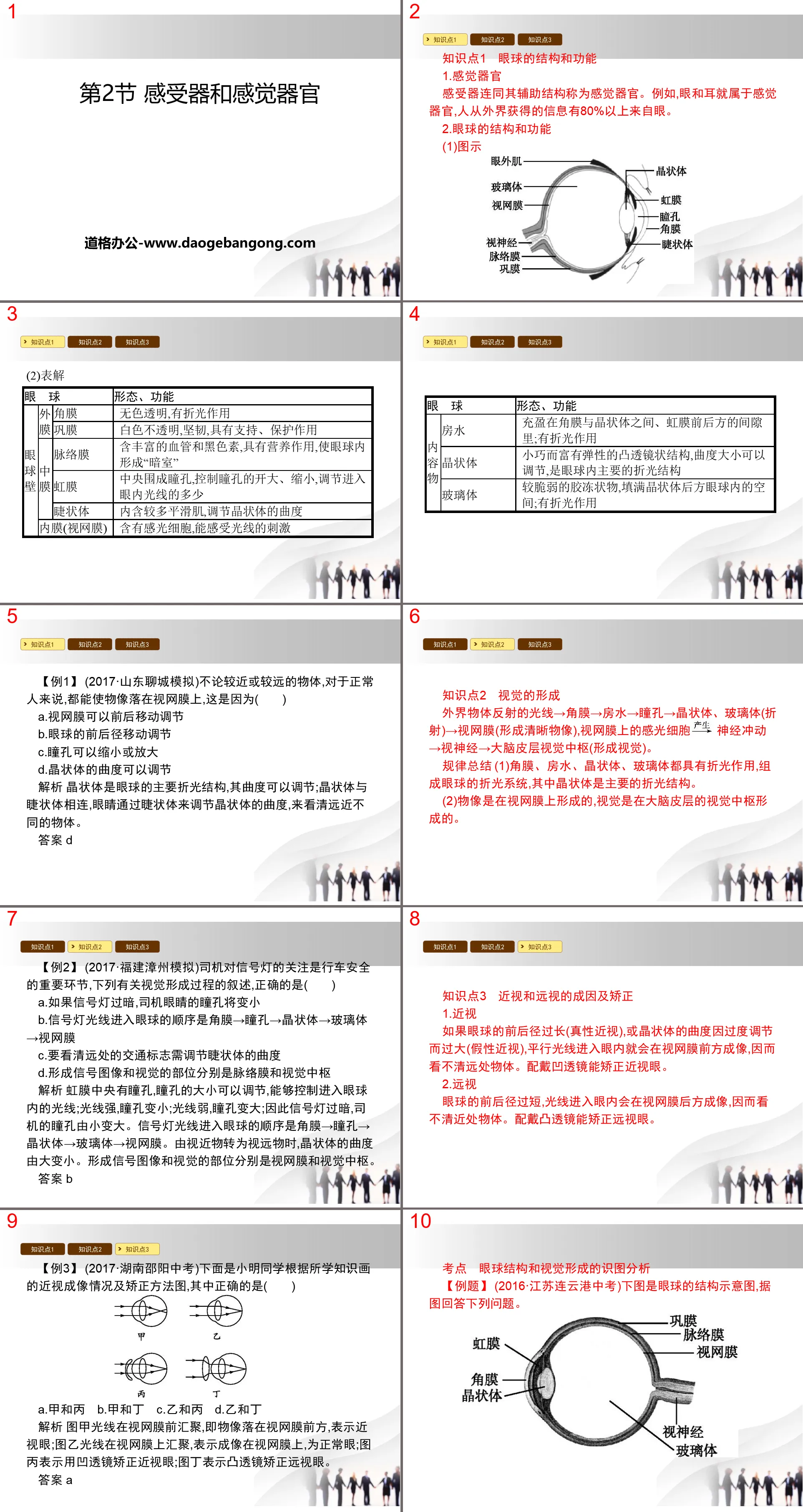People's Education Edition Biology for Grade 8, Volume 1
People's Education Edition seventh grade biology volume 1
People's Education Edition Biology for Grade 8, Volume 2
People's Education Press High School Biology Compulsory Course 2
Beijing Normal University Edition Seventh Grade Biology Volume 2
People's Education Press seventh grade biology book volume 2
Beijing Normal University Edition Eighth Grade Biology Volume 2
Beijing Normal University Edition Seventh Grade Biology Volume 1
Beijing Normal University Edition Eighth Grade Biology Volume 1
High School Biology Compulsory Course 1, published by People's Education Press
Jiangsu Education Edition Seventh Grade Biology Volume 1
Jiangsu Education Edition 8th Grade Biology Volume 1
Jiangsu Education Edition Seventh Grade Biology Volume 2
Jiangsu Education Edition 8th Grade Biology Volume 2

| Category | Format | Size |
|---|---|---|
| Beijing Normal University Edition Seventh Grade Biology Volume 2 | pptx | 6 MB |
Description
"Receptors and Sense Organs" PPT download
Part One: Course Knowledge Points
Knowledge point 1: The structure and function of the eyeball
1. Sense organs
Receptors together with their auxiliary structures are called sensory organs. For example, eyes and ears are sensory organs, and more than 80% of the information people obtain from the outside world comes from the eyes.
2. Structure and function of the eyeball
(1)Illustration
(2)Explanation
[Example 1] (2017 Shandong Liaocheng Simulation) Regardless of whether the object is near or far, for normal people, the image of the object can fall on the retina. This is because ()
A. The retina can be moved forward and backward to adjust
B. Adjustment of the anterior and posterior diameter of the eyeball
C. Pupils can be narrowed or enlarged
D. The curvature of the lens can be adjusted
Analysis: The lens is the main refractive structure of the eyeball, and its curvature can be adjusted; the lens is connected to the ciliary body, and the eye uses the ciliary body to adjust the curvature of the lens to see objects at different distances and near.
Answer D
Knowledge point 2: The formation of vision
Light reflected by external objects → cornea → aqueous humor → pupil → lens, vitreous body (refraction) → retina (forming a clear object image), photoreceptor cells on the retina nerve impulses → optic nerve → visual center of the cerebral cortex (forming vision).
Summary of rules (1) The cornea, aqueous humor, lens, and vitreous body all have refractive effects and constitute the refractive system of the eyeball, of which the lens is the main refractive structure.
(2) Object images are formed on the retina, and vision is formed in the visual center of the cerebral cortex.
[Example 2] (2017 Fujian Zhangzhou Simulation) Drivers' attention to traffic lights is an important part of driving safety. The following description of the visual formation process is correct ()
A. If the signal light is too dark, the pupils of the driver's eyes will become smaller.
B. The order in which signal light light enters the eyeball is cornea → pupil → lens → vitreous body → retina
C. To see the traffic signs in the distance clearly, the curvature of the ciliary body needs to be adjusted.
D. The parts that form signal images and vision are the choroid and visual center respectively.
Analysis: There is a pupil in the center of the iris, and the size of the pupil can be adjusted to control the light entering the eyeball; when the light is strong, the pupil becomes smaller; when the light is weak, the pupil becomes larger; therefore, if the signal light is too dark, the driver's pupil will change from small to large. The order in which signal light light enters the eyeball is cornea → pupil → lens → vitreous body → retina. When viewing near objects to distant objects, the curvature of the lens changes from large to small. The parts that form signal images and vision are the retina and visual center respectively.
Answer B
Receptors and sensory organs PPT, part 2 content: test points
Test point: Picture recognition analysis of eyeball structure and visual formation
[Example question] (2016 Jiangsu Lianyungang High School Entrance Examination) The following picture is a schematic diagram of the structure of the eyeball. Answer the following questions based on the picture.
(1) The light reflected by external objects passes through the cornea, enters the interior of the eyeball through the pupil, and is refracted by the lens, etc., and falls on __________ to form an object image; the object image stimulates the photoreceptor cells on it, and the photoreceptor cells produce the same effect as vision Relevant information is transmitted to __________ through the optic nerve to form vision.
(2) Candles, matches, two lenticular lenses with different convexities, white cardboard, etc. can be used to conduct simulation experiments to explore the causes of myopia. When a convex lens with a smaller convexity is used and a clear object image is observed on the white board, if a convex lens with a larger convexity is used, the object image on the white board will become blurry; if the white board is turned toward the convex lens Move slowly and the object image on the whiteboard will become clear again. This simulation experiment can illustrate that the lens of the eyeball __________ will cause myopia.
(3) If myopia has already formed, do you know how to correct it?
Analysis (1) The light reflected from external objects passes through the cornea and aqueous humor, enters the interior of the eyeball through the pupil, and then passes through the refraction of the lens and vitreous body to form a clear object image on the retina. The object image stimulates the photoreceptor on the retina. Cells, the nerve impulses generated by these photoreceptor cells are transmitted along the optic nerve to the visual center of the cerebral cortex, forming vision. (2) Use candles, matches, two lenticular lenses with different convexities, white cardboard, etc. to conduct simulation experiments to explore the causes of myopia. It can be shown that the convexity of the lens of the eyeball becomes larger, causing the object image to fall in front of the retina, so it cannot See distant objects clearly, resulting in myopia. (3) Myopia can be corrected by wearing appropriate concave lenses.
Answer (1) Retina, cerebral cortex visual center
(2) The convexity becomes larger
(3) Wearing concave lenses
Receptors and sensory organs PPT, part three: detailed explanation of textbook questions
Activity "Observing the Structural Model of the Eyeball" Communication
Introduce your own summary of the structure of the eyeball in this group.
Tips: Based on the teacher's explanation and your own understanding, summarize the components of the eyeball structure hierarchically from outside to inside and draw pictures to deepen your understanding and learning of knowledge.
Suggested activity "Experiment on skin sensing 'cold' and 'warm' stimulation" discussion question
1. What is the stimulation on the body surface when you feel cold or hot?
Tip: When you feel cold, the stimulus you receive is a drop in temperature; when you feel hot, the stimulus you receive is an increase in temperature.
2. Why does this activity require that the experience time of immersing the hand in the No. 2 water tank be within 1~2 s? What will be the effect if the experience time is extended to 5 s? Can you try to explain?
Tip: Because human senses are easy to adapt, if a receptor continues to receive a certain stimulus, its ability to generate impulses will weaken as the duration of the stimulus increases, leading to inaccurate sensory judgments. If the experience time is extended to 5 seconds, the effect will be that there is no obvious difference in the feeling between the two hands. This is the result of receptor adaptation.
Keywords: Beijing Normal University Edition Biology PPT courseware for seventh grade volume 2 free download, receptors and sensory organs PPT download, .PPT format;
For more information about the "Human Body's Self-Regulating Receptors and Sensory Organs" PPT courseware, please click the Human Body's Self-Regulating ppt Receptors and Sensory Organs ppt tag.
"Receptors and Sense Organs" PPT courseware:
"Receptors and Sense Organs" PPT courseware Part One: Situation Introduction Students, what is this? How did you know? What did you use to see it, and how did you see it? How can you tell if this disc contains music or songs? Learning Objectives 1. Got...
"Receptors and Sense Organs" PPT:
"Receptors and Sense Organs" PPT Part One: Situation Introduction Think about the scene when you eat, what did you feel at that time? Can you tell how the above feeling came about? Which part of the body do they come from? These feelings are helpful for you to complete the dining activity...
File Info
Update Time: 2024-11-20
This template belongs to biology courseware Beijing Normal University Edition Seventh Grade Biology Volume 2 industry PPT template
"Receptors and Sense Organs" PPT download Simple campus recruitment activity planning plan summary enterprise and institution recruitment publicity lecture PPT template is a general PPT template for business post competition provided by the manuscript PPT, simple campus recruitment activity planning plan summary enterprise and institution recruitment promotion Lecture PPT template, you can edit and modify the text and pictures in the source file by downloading the source file. If you want more exquisite business PPT templates, you can come to grid resource. Doug resource PPT, massive PPT template slide material download, we only make high-quality PPT templates!
Tips: If you open the template and feel that it is not suitable for all your needs, you can search for related content "Receptors and Sense Organs" PPT download is enough.
How to use the Windows system template
Directly decompress the file and use it with office or wps
How to use the Mac system template
Directly decompress the file and use it Office or wps can be used
Related reading
For more detailed PPT-related tutorials and font tutorials, you can view: Click to see
How to create a high-quality technological sense PPT? 4 ways to share the bottom of the box
Notice
Do not download in WeChat, Zhihu, QQ, built-in browsers, please use mobile browsers to download! If you are a mobile phone user, please download it on your computer!
1. The manuscript PPT is only for study and reference, please delete it 24 hours after downloading.
2. If the resource involves your legitimate rights and interests, delete it immediately.
3. Contact information: service@daogebangong.com
"Receptors and Sense Organs" PPT download, due to usage restrictions, it is only for personal study and reference use. For commercial use, please go to the relevant official website for authorization.
(Personal non-commercial use refers to the use of this font to complete the display of personal works, including but not limited to the design of personal papers, resumes, etc.)
Preview










